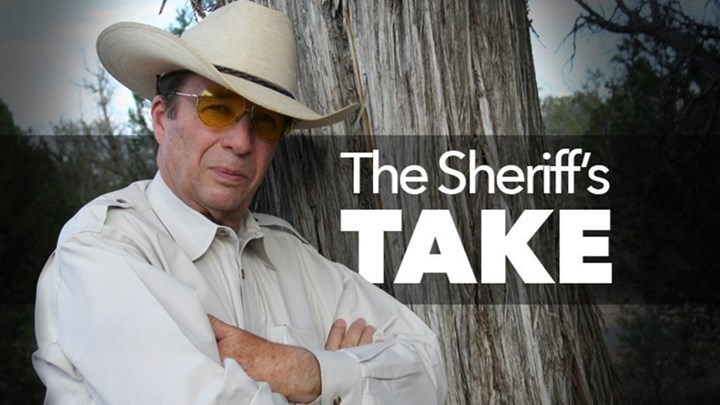
There is no question that most of our defensive practice ought to involve working on the basics. A smooth presentation, quick sight alignment, and an accurate first shot, will go a long way towards protecting your hide.
However, too often we use practice sessions for an ego trip. We tend to practice certain things that we are already good at. Often, it is done to impress our shooting buddies. Other times we do it to impress ourselves—kind of a feel-good sort of thing. That is the time for us to try some new and different drills that challenge our ability just a bit.
One of my favorites comes from Richard Mann. He suggests that you draw a 5-inch circle on the target. And, from 5 yards, you draw and shoot five shots into that circle in 5 seconds. It is a fine test of speed and accuracy—and you’d sure better see that front sight with each and every shot.
Another colleague of mine, Ed Head, writes his regular Skills Check column in Shooting Illustrated. You’ll find plenty of challenging drills offered by Ed. Another good source for challenging drills is the Handgun Combatives website, hosted by Dave Spaulding. Frankly, when you start seeking out challenging shooting drills, you’ll find plenty to keep you interested.
One of my favorite drills is actually a slow-fire drill that I borrowed from the good folks at Gunsite Academy. You use a Sharpie to draw a quarter-size dot on your target. Then, from 5 yards, you fire as many shots as you need in order to completely obliterate the dot. I use it after I have spent some time working on my speed shooting. Usually, when I’m trying to go fast, my accuracy suffers. This little drill makes me calm down and get back to good sight alignment and trigger press.
Working on challenging drills can tell you a lot about what you need in order to improve your skills. It can also tell you things, good and bad, about your chosen defensive handgun—do you need better stocks, better sights, or a different gun?
I would suggest starting out a shooting session by working on the basics. Then end the session by running through a new and challenging drill a few times.
We would be interested in hearing about your favorite, challenging drills. What are they?




































